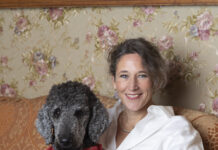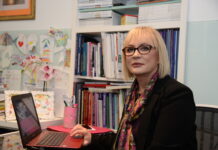Every year, more than 4500+ lungs are transplanted worldwide. However, lung transplantation registers some challenges. One of the biggest challenges is the limited donor pool. Although lungs are retrieved from deceased or alive persons, their availability suffers. Usually, the donor lungs carry defects. To expand the donor pool, it is possible to correct the defect in donor lungs and then utilise them for transplantation. This is the ideology of Dr. Marcelo Cypel; a revolutionary thoracic surgeon. He proposed the idea of maintaining the lungs at room temperature where they are physiologically functional. Surgeons can effectively fix the defect in the lungs and prepare them for transplantation purposes. This technique is called Normothermic Ex Vivo Lung Perfusion (EVLP). This technology increased the number of transplantable lungs in Canada.
Surgeon’s Love for Anatomy
In 1999, Dr. Marcelo Cypel received his MD from Brazil. Later, in 2004, he completed his general surgery and thoracic surgery residency program. In 2005, he moved to Canada for a Master’ degree from the Institute of Medical Science, University of Toronto. In the same year, he worked on his post-doctoral research fellowship at the Latner Thoracic Surgery Laboratory. Subsequently, he completed a 3 years fellowship in thoracic oncology, lung transplantation and cardiac surgery. Till date, he has received 13 awards during his training, including the McMurrich Award, given for the best fundamental science work by any level trainee in the Department of Surgery, and the 1st Annual Zane Cohen Clinical Fellowship Achievement Award. Currently, Dr. Marcelo Cypel is a Thoracic Surgeon at University Health Network, Canada. He is also the Professor of Surgery at the University of Toronto.
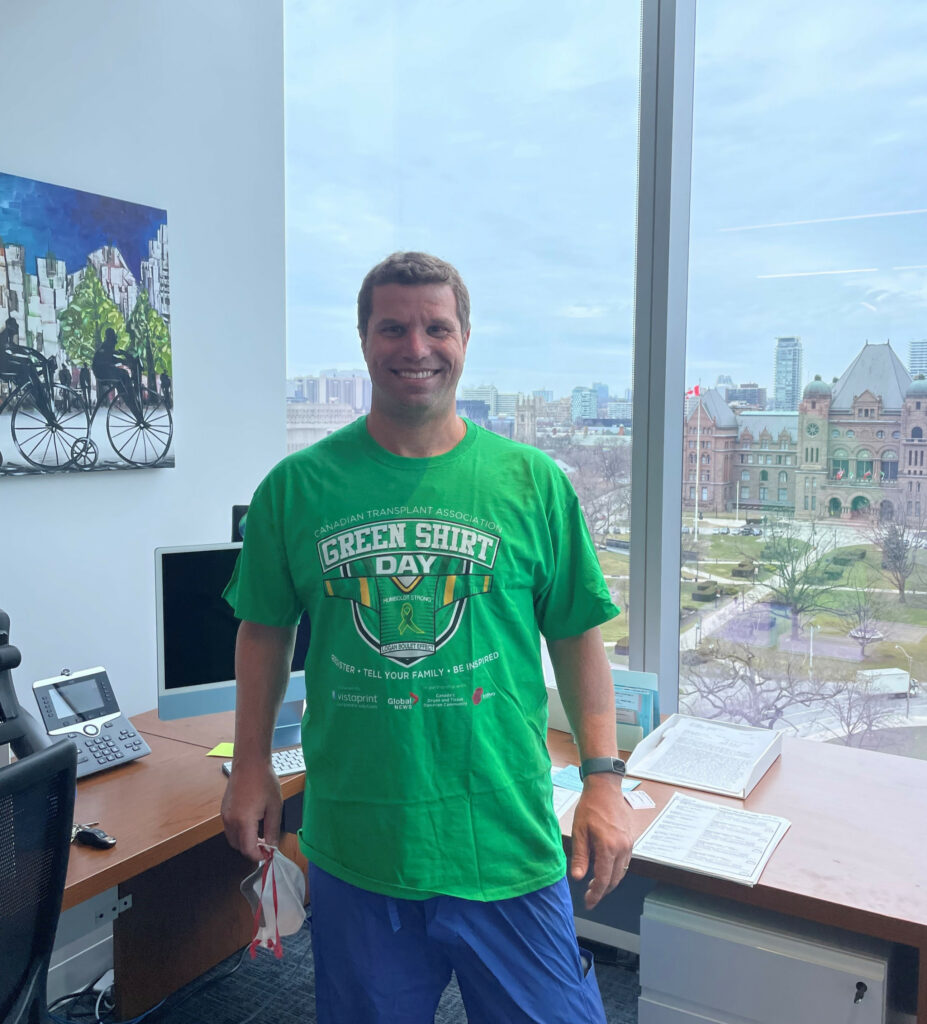
Since my first year of medical school, anatomy was my favourite discipline. In anatomy, chest anatomy is the most beautiful! Diseases of the chest tempted me. Similarly, a lung transplant is my preference. With this interest, I had always wanted to become a surgeon. I admire the immediate results after the surgery. I deal with benign chest conditions, chest trauma, cancers and lung transplants. All are attractive!
Dr. Marcelo Cypel
Quick Results!
Dr. Marcelo Cypel is the pioneer of Normothermic Ex Vivo Lung Perfusion (EVLP). Being a surgeon, he provided priceless input to the contribution of the revolution of lung transplantation. Dr. Marcelo’s sheer dedication to humanity and work seeded the idea of improving what he is already best at. To minimise the suffering of potential lung transplant recipients waiting for a donor lung is his prime priority. With no interest in other professions, he had always been a doctor at heart.
I am always happy to go to work. I do surgery and transplants. The best feature is that it transforms a person’s life in a matter of hours. This is very rewarding! Seeing the results immediately after the operation is quite fascinating. Unlike medicine where a patient takes medicines for years before developing a positive outcome, transplant surgery produces the results right away.
Dr. Marcelo Cypel
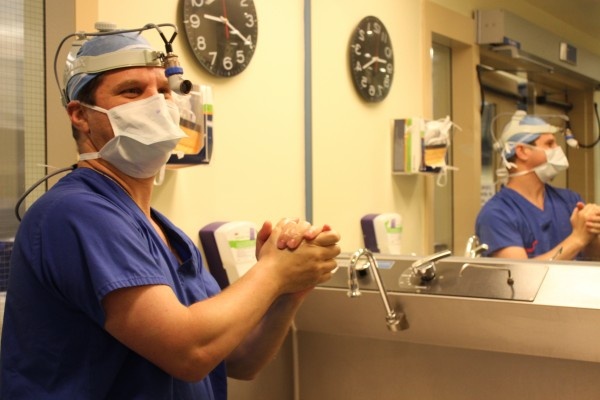
Quality Sleep & Sports
Transplants and surgery require physical and mental strength. Single-lung transplant surgery takes 6-8 hours! In the operation theatre, a surgeon is only 6-8 hours away from providing a new and better life to the patient with crumbling health. However, these long hours are exhausting. Complications are a reality of surgery. Transplants and surgery are quite stressful as well. From the patient’s initial visit to the last step of a lengthy surgery, the patient remains under monitoring. Minor derangement can prove troublesome for surgeons. Under such circumstances, Dr. Marcelo believes stress can happen to anyone. Surgeons are usually busy and sleep-deprived. Therefore, they need to establish add-ons to keep them fresh and active every day.
For me, sports help keep stress away. I bike ride to work every day through green parks. It helps me make a fresh start every day. Besides, good sleep is important. Surgeons are usually busy and sleep-deprived. I try to organise my days so I can have a good sleep. Above all, healthy social interaction with friends and family is equally important.
Dr. Marcelo Cypel
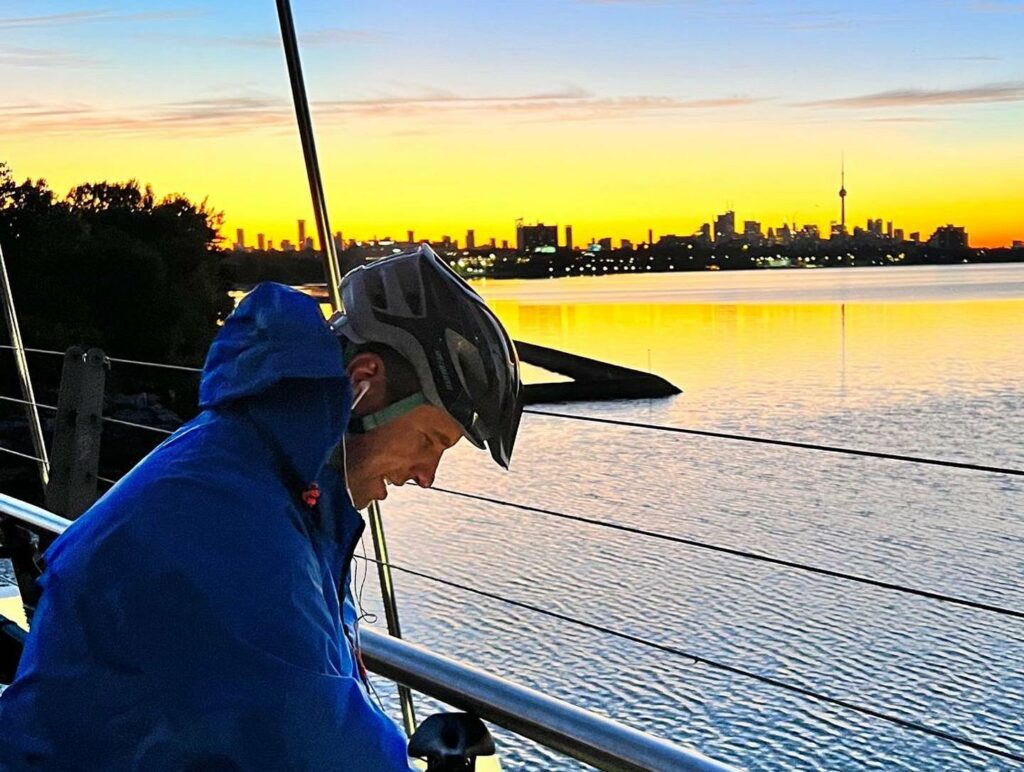
Normothermic Ex Vivo Lung Perfusion (EVLP)
In 2005, Dr. Marcelo Cypel worked at the Latner Thoracic Surgery Laboratory under the supervision of Dr. Keshavjee. He worked on gene therapy approaches. According to the gene therapy approach, the correction of any defect in the lungs is possible but it is time-consuming. There is insufficient time because the organ undergoes deteriorative changes and other organs involved complicate the procedure. Dr. Cypel wanted to create a platform where they could treat the organ after removing it from the donor.
Traditionally, as soon as the organ is removed from the body, it is preserved by storing it in an ice cooler at 4 ͦC. By doing so, the metabolism hinders and the organ stays alive longer. This method of preserving organs has been working since the beginning of transplantations. The problem with this method is that, at this temperature, cells do not function. When cells don’t function, experts can’t treat the defect.
To overcome this problem, we needed to build a preservation mode where the lungs can stay in the physiological conditions; body temperature, ventilating and blood flowing through the vessels. We wanted to create a mini-ICU just for the organ. Finally, we succeeded! With the input of engineering, physiology and knowledge of pathology we can now keep the organ functional for 12 hours after removing it from a donor.
Dr. Marcelo Cypel
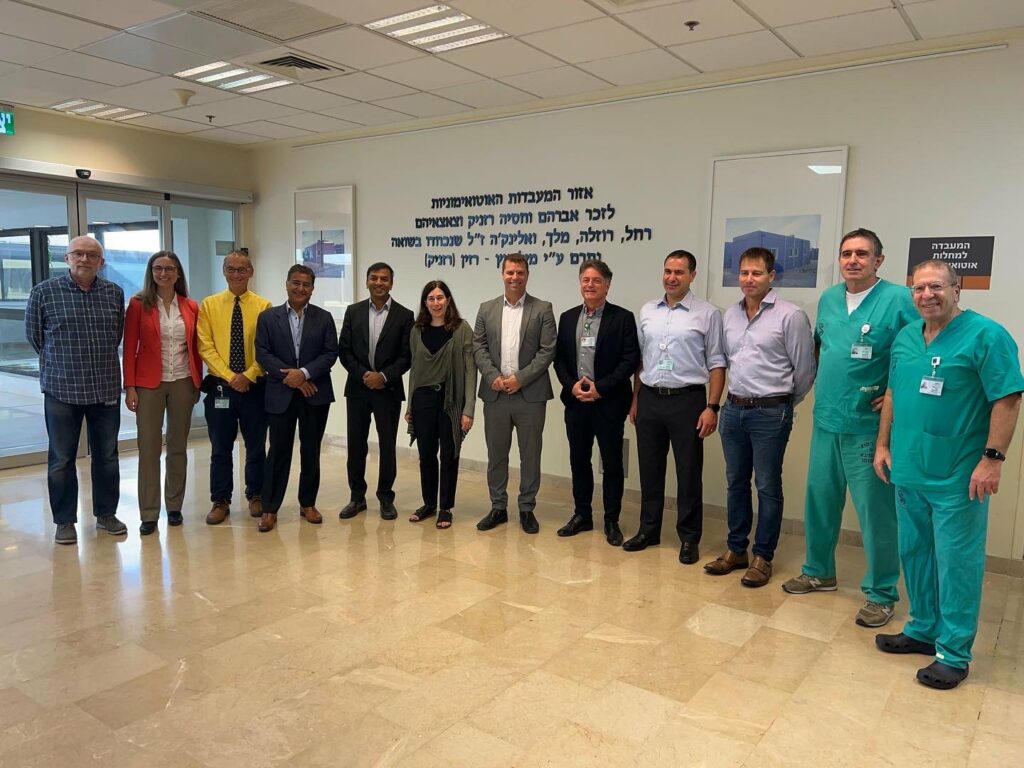
Blood Groups & Donor Lungs
Often, donors and recipients have different blood groups. The donor pool is already limited. Those who succeed in finding a lung donor lose the opportunity because of different blood groups. They could have received lung transplants if they were of the same blood type. Unfortunately, many pass away waiting for the right match. Dr. Marcelo believed this was unfair to the patients on the waiting list. With this clinical observation, he envisioned removing the blood type barrier to make lung transplantation easier and fairer for patients on the waiting list.
I started searching for ideas and opportunities. I came across a group in Vancouver, Canada. They have enzymes that remove A antigens from the blood for blood transfusions. I approached them and proposed the idea of studying this concept in organs. With mutual interest, we studied the concept in cells, aorta and finally lungs. A successful conclusion of the study is likely further to expand the number of available lungs for transplantation.
Dr. Marcelo Cypel
Challenges of Lung Transplantation
The first successful lung transplant happened in 1983. Since then it has transformed a lot. However, lung transplantation still has two significant challenges: the unavailability of lung donors and only a 60% 5-year survival rate. Patients die after a transplant because their body rejects the organ. Unfortunately, there is no effective treatment for the chronic rejection of transplanted organs.
We still need to accomplish a lot in lung transplantation. Today, we use only 20% of donor organs. The remaining 80% of the lung is of no use. Secondly, we need to formulate therapies for the chronic rejection of organs. We are also working on genetically modifying the donor organ so that the body does not recognize it as a foreign body and rejects it.
Dr. Marcelo Cypel
Expertise is the winner!
Dr. Marcelo Cypel emphasises the significance of proper training.
Choose a speciality that you really like. Make sure you have the proper training for your speciality. Don’t shorten the duration to start work life earlier because that is when you can learn as much as possible. After I finished medical school, I didn’t start working for 11 years. Once you start working there is no going back to the training. Get your expertise as much as possible!
Dr. Marcelo Cypel
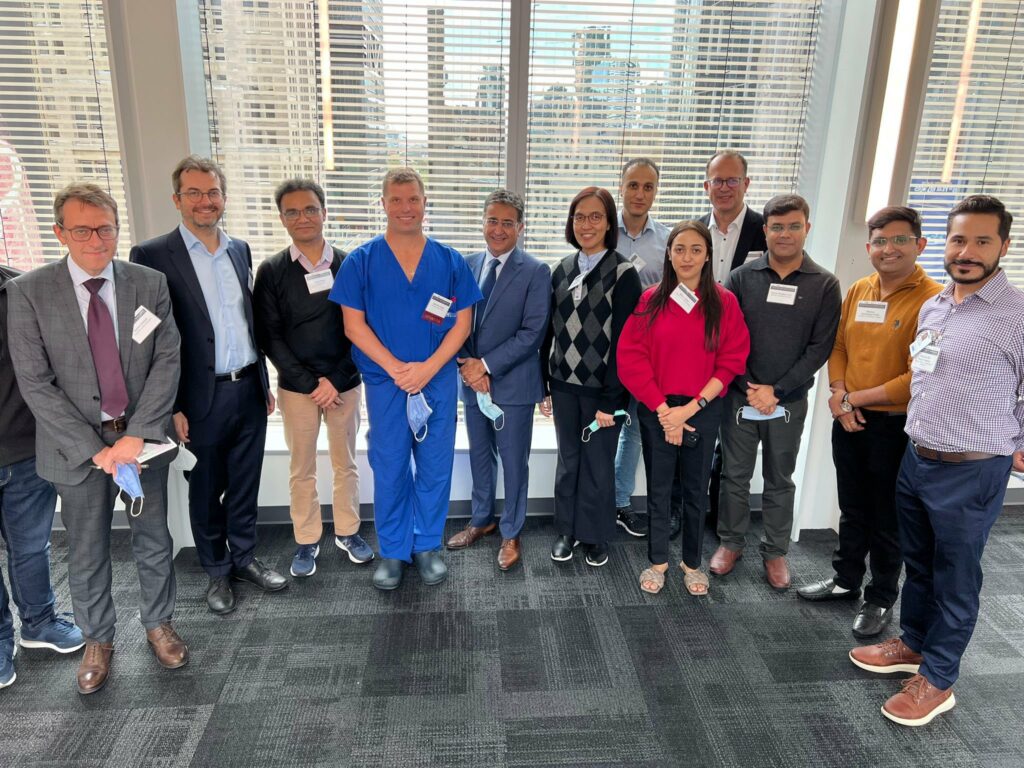
Dr. Marcelo Cypel is the originator of Normothermic Ex Vivo Lung Perfusion (EVLP). He also works on eliminating the barrier of matching blood groups for lung transplantation. Little did the young Dr. Marcelo, an asthmatic who visited hospitals often, know that he would become a thoracic surgeon with a keen interest in the lungs.



